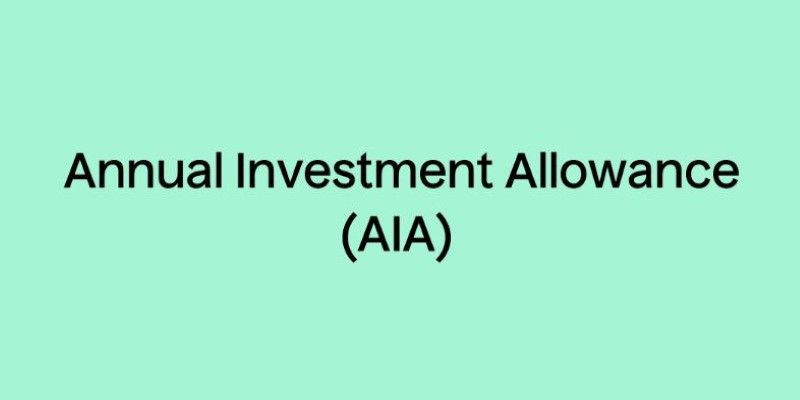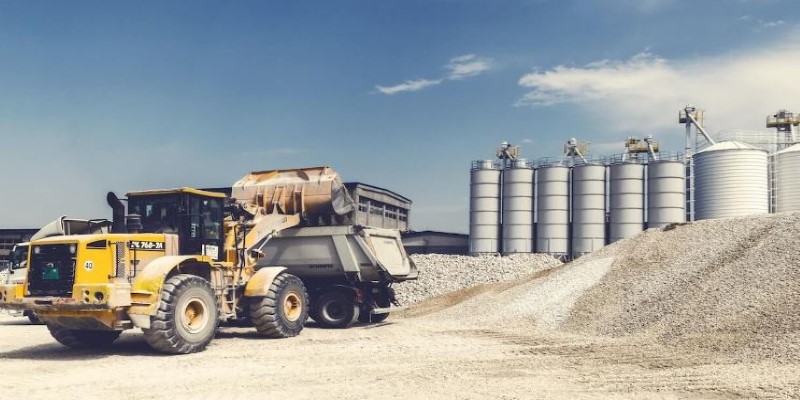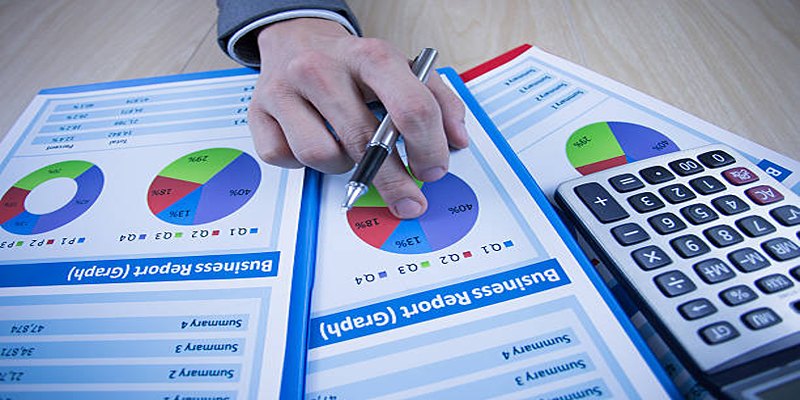A Comprehensive Guide to the Annual Investment Allowance (AIA) and Its Eligibility
Dec 09, 2024 By Verna Wesley
When you run a business, managing expenses and reducing tax burdens are constant priorities. One tool available to business owners is the Annual Investment Allowance (AIA). This tax relief scheme is designed to make it easier for businesses to claim deductions on capital investments, allowing them to claim 100% of certain expenses in the year they are incurred.

Although it appears simple, it can prove rather difficult to really comprehend just how massive the AIA is and precisely how it can fit into your business's tax structure. In this piece, we shall discuss at length what the Annual Investment Allowance is, what it does, who is eligible to use it, and what you must have in place to claim this relief against tax.
What Is the Annual Investment Allowance (AIA)?
One tax relief given to businesses is the Annual Investment Allowance, through which the latter can claim a deduction on certain types of capital investments. More specifically, AIA enables businesses to claim, as deductible from taxable profits, the costs of qualifying items up to an annual limit. This essentially means that the entire capital asset costs-for instance, machinery, equipment, or other particular vehicles-can all be totally or 100% written off by the company against their tax income in the year of purchase.
The main appeal of the AIA is its application, which is less complex. Normally, businesses would have to claim capital allowances over many years for depreciating assets, but AIA allows immediate relief for eligible purchases. It is meant to attract investment into business growth and innovation as it effectively brings down, in real terms, the financial burden of acquiring new equipment or machinery, giving businesses more cash flow to meet other operational requirements.
What Does AIA Cover?
AIA applies to a broad range of capital assets that a business might acquire during the year. However, important distinctions must be made about which assets qualify. Generally, AIA covers items used in the business, but not necessarily all capital expenditures are eligible. For example, businesses can claim AIA on machinery, plant equipment, office equipment, tools, and even some types of vehicles (like vans and lorries).

However, there are exceptions. The most significant limitation is that AIA doesnt typically apply to property investments or buildings (unless you're investing in things like integral features or installations, such as heating systems or lifts). Similarly, cars are generally excluded, though electric cars may qualify if certain criteria are met. Understanding these nuances is crucial for business owners who are looking to maximize their tax savings.
Another key aspect to keep in mind is that the AIA only applies to items purchased and used within the business. For instance, if a business buys equipment but doesn't use it for business purposes or it's used partially for personal use, the tax relief will not apply to the full cost.
Eligibility for the Annual Investment Allowance
Eligibility for AIA is relatively straightforward, but there are a few important factors that businesses need to consider. Firstly, AIA is available to all businesses, regardless of size. Sole traders, limited companies, partnerships, and even some non-incorporated businesses can all make claims. The only real limitation is that the AIA is capped on an annual basis, and businesses cannot claim more than the set amount for the year.
The annual limit for AIA is subject to change, so it's important to stay updated on the latest threshold. As of 2024, the annual limit for AIA stands at 1,000,000, which is a significant increase compared to previous years. This generous limit means that most smallto medium-sized businesses should be able to benefit from full AIA relief as long as they meet the criteria.
For businesses exceeding the AIA limit, there are options to claim capital allowances on the excess amount. However, the claiming method changes and may involve splitting the claim into different categories or applying varying rates of allowance depending on the type of asset. This ensures that businesses can still benefit from tax relief, though the process becomes more intricate as they surpass the AIA threshold.
When Can You Use the AIA?
The AIA can be claimed on assets purchased within the same tax year as long as the asset is eligible. As such, the AIA is applied to qualifying purchases in the period between the start and end of the business's accounting year. If you purchase an asset just before your accounting period ends, you can still claim AIA for that asset, provided it qualifies.

It's important to remember that the timing of purchases may impact your ability to claim AIA in certain situations. I suppose the business changes its accounting year or has a short accounting period; in that case, it may need to make special considerations to avoid exceeding the annual limit or missing out on potential claims.
Another point to remember is that businesses can also claim AIA if they are purchasing second-hand equipment, as long as the asset meets the necessary criteria. This flexibility is beneficial for businesses that may want to save money by purchasing used or refurbished items.
Conclusion
The Annual Investment Allowance is an invaluable tool for businesses looking to invest in capital equipment while reducing their tax burdens. Whether youre a small business owner or a larger enterprise, the AIA offers opportunities for substantial tax relief, helping to stimulate growth and innovation. However, understanding the nuances of what qualifies for AIA, the eligibility criteria, and how to make claims is essential to fully benefit from this scheme. By staying informed and consulting with professionals, businesses can ensure that they are taking full advantage of AIA and optimizing their tax strategies.

Hidden Cost to Buying a Home

Credit Cards That Offer 2% Or More In Cash Back On All Purchases

Which Are The Best Long-Term Savings Plans That Make Good Financial Cents

Robo-Advisors: A Game-Changer in Managing Your Financial Future

Navigating the Landscape of B2B Marketing: Strategies and Tactics

The role of information and communication in financial intermediation

Boosting Efficiency: Batch Append Credit Scores and Risk Scoring Techniques

An In-Depth Look at Lex Levinrad's Strategies: 2024 Review

Choosing the Right Path: Earn2Trade or Topstep in the Year 2024?

